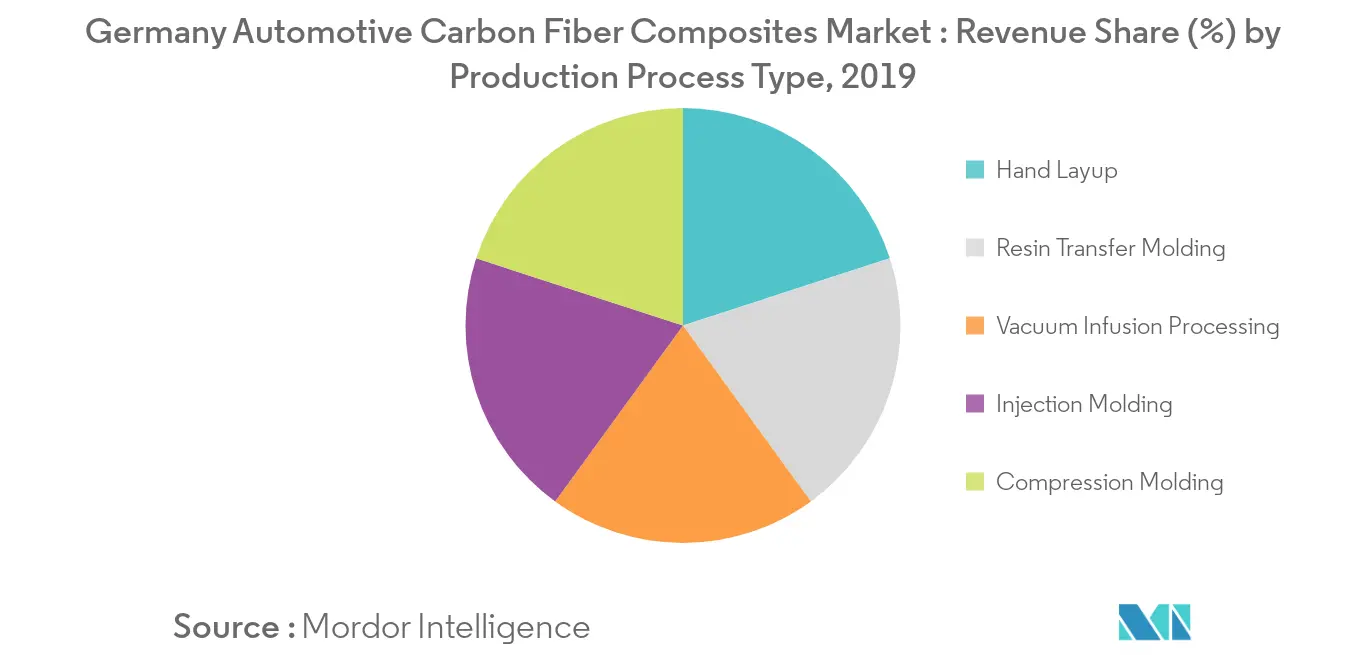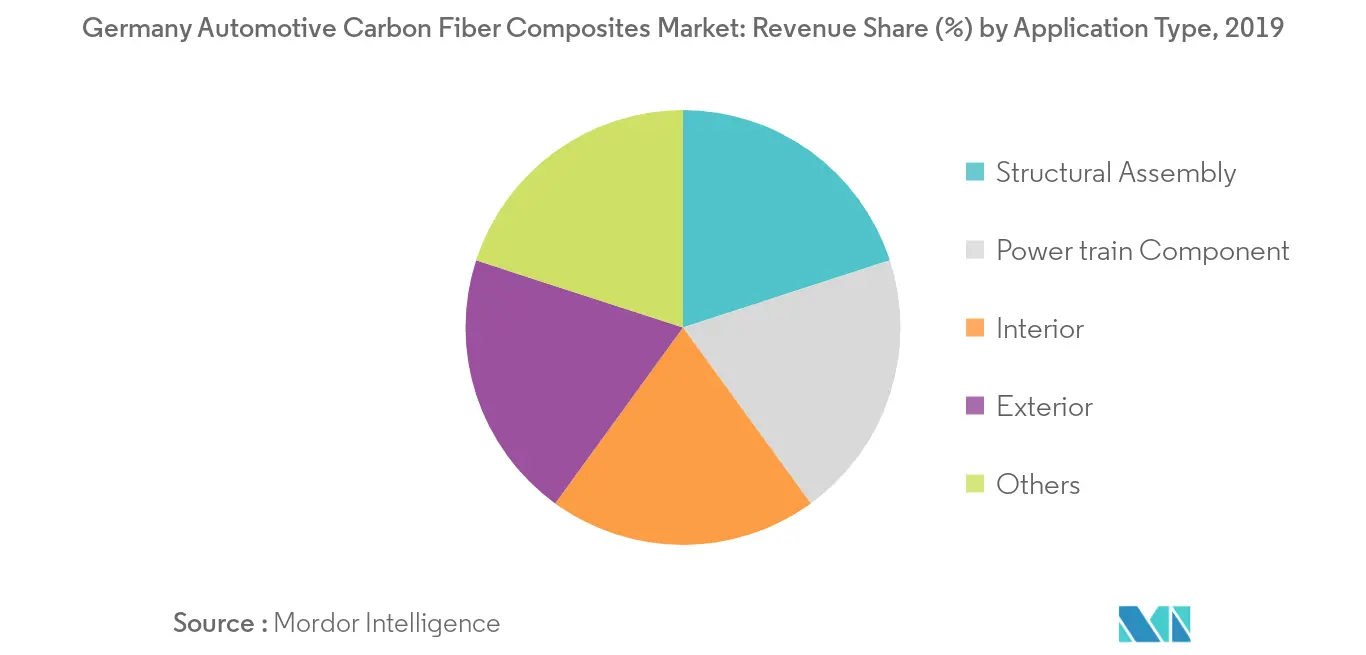Market Trends of Germany Automotive Carbon Fiber Composites Industry
This section covers the major market trends shaping the Germany Automotive Carbon Fiber Composites Market according to our research experts:
Technological Advancements Driving Growth in the Market
The automotive industry is constantly looking for methods to make cars cheaper, lighter, stronger, and faster and they have been trying to use carbon fiber composite materials since the early 70's. Germany ranked 9th in the list for leading countries based on carbon fiber production with 5.8 thousand metric tons being produced alone in 2018. Today every racing car has most of the components made from carbon fiber. This technology was soon used in passenger and commercial vehicles as OEMs were looking for lightweight materials to stay in line with emission norms across the world, but also with same or more strength than traditional metals.
In the automotive industry, carbon fiber composites are used in luxury and racing cars due to the high cost of carbon fiber composites. Carbon fiber composites cost ranges from 7 USD to 20 USD per pound. SGL, and Toray are leading manufacturers in Germany. The average price of the fiber produced by these companies is $8/Lb-$11/Lb range. Manufacturers are trying to reduce the cost to around 4 USD to make it feasible to be used in large scale economy vehicles and commercial vehicles. 3-D printing technology is being used to produce the required shape of carbon composites, which has proven to reduce cost and time. It allows for high accuracy in the manufacturing of parts of various sizes.
The German carbon fiber manufacturing industry is also facing constant threat from Chinese manufacturers who are providing cheaper alternatives. However, right now due to the high cost the market is expected to see slow growth, but with the technological improvements, it is expected to grow exponentially during the latter half of the forecasted period.

Increasing Adopting of Carbon Fiber in the Automotive Industry
The applications of carbon fiber composites in automotive are large and rapidly growing. OEMs are increasing spending money into R&D to develop cost-effective carbon fiber composite parts that are much lighter than steel but meet the strength requirements. This helps is boosting the fuel economy while maintaining performance and safety. Incorporating carbon fiber into vehicles has proven to improve fuel economy by 6% to 8%. Ultra-high elastic carbon fiber has a high elastic modulus, ten times more elastic modulus than steel. During the forecasted period, ultra-high elastic carbon fiber is expected to have relatively higher growth. During the forecasted period (2020 - 2025), the sales are expected to increase. Increasing demand for luxury cars will create a requirement for carbon fiber composites. In 2018, 37 billion EUR worth automotive were exported to the United States, making it the largest export market for Germany. The United States regulations mandate that by 2025, the average fuel economy standard must meet 54.5 miles per gallon. As per the US Department of Energy (DOE), reducing the weight of vehicles by 10% yields an increase of 6-8% in fuel economy. As a result, companies have started using materials like carbon fiber composites to make vehicles lightweight and fuel-efficient. The usage of glass fiber composites aids in reducing vehicle by 25%. EU emission regulations mandate a mere 95 g/Km of CO2 by 2021, with another 15% reduction by 2025, and in 2030, a further 30% reduction from 2021.
According to European directives and standards (2000/53/EC-End Life 0f Vehicles), US Department of Transportation, the automotive manufacturing industry has to follow certain norms in regarding environmentally friendly recycling and dismantling of vehicles, higher fuel efficiency standards, and increase in the use of recyclable materials which offers high potential for the carbon fiber composites market to grow during the forecasted period.
A slowdown in global economic growth and structural change in the automotive industry are hurting this market, but during the forecasted period, the Germany automotive carbon fiber composites market is expected to grow.


